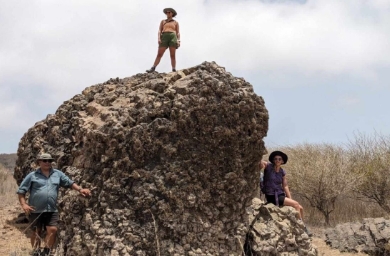Geology is the study of Earth’s composition and structure, while geomorphology focuses on how Earth’s landscapes are shaped. This branch of geology investigates the processes that shape the Earth’s surface over time.
Forces of Nature
Geomorphologists study the impact of various forces of nature on the Earth’s surface, such as weathering, erosion, tectonic activity, and volcanic eruptions. These forces work together to shape the landforms we see today.
Weathering and Erosion
Weathering is the process by which rocks and minerals are broken down into smaller pieces by wind, water, and other environmental factors. Erosion is the process in which these smaller particles are carried away by streams, rivers, glaciers, and wind, shaping the landscape in the process.
Tectonic Activity
Tectonic activity, such as earthquakes and volcanoes, also plays a significant role in shaping the Earth’s surface. Earthquakes can create fault lines and mountains, while volcanic eruptions can form new landforms like islands and valleys.
Landform Evolution
Over time, the Earth’s landscapes evolve as a result of these various processes. Geomorphologists study the history of landforms to better understand how they have been shaped over millions of years.
Human Impact
In addition to natural forces, human activities also play a role in shaping the Earth’s landscapes. Deforestation, mining, and urban development can all have a significant impact on the land, leading to erosion, sedimentation, and changes in water flow patterns.
Protecting Earth’s Landscapes
Understanding the processes that shape the Earth’s landscapes is crucial for conservation efforts. By studying geomorphology, researchers can better predict how human activities will impact the environment and develop strategies to protect and preserve Earth’s diverse landscapes for future generations.

